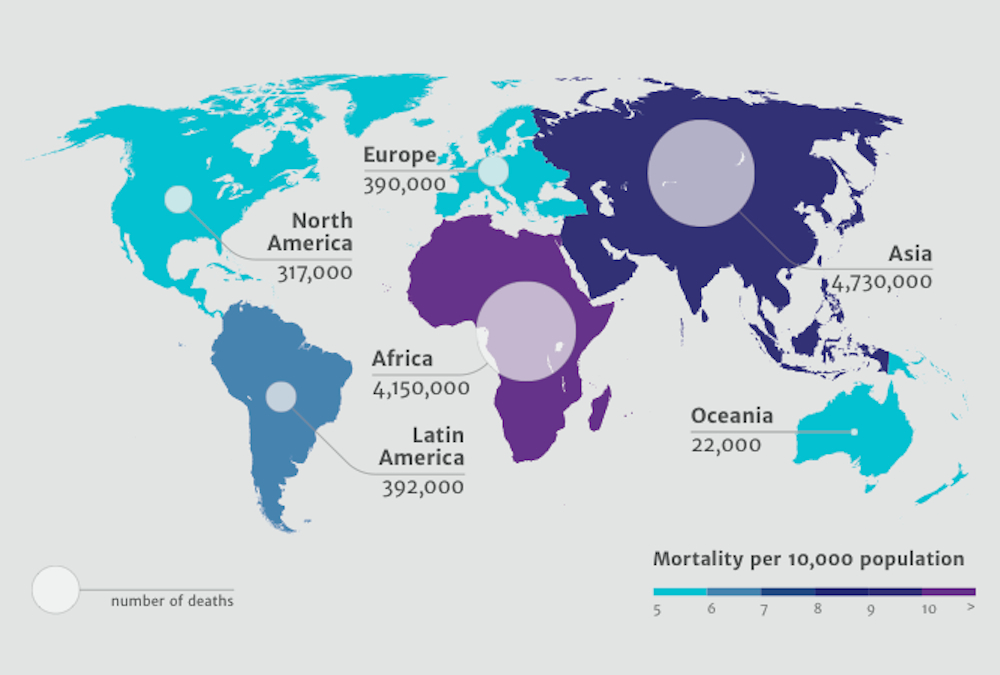Antimicrobial agents have been used since the 1940s to dramatically decrease illness and death from infectious diseases. Although the process of antimicrobial resistance occurs naturally over time, the frequent overuse and misuse of these medicines have exasperated the situation. Examples of misuse include medication used without professional oversight, given as a precautionary measure where diagnostic tools aren’t available, or taken by those with viral infections like colds and flu.
What can be done against this looming global health crisis? Worldwide, there is a growing appreciation for the role of vaccines in confronting the issue of AMR. When people are immunized, they are no longer susceptible to a variety of diseases that would require antibiotic treatment. Additionally, vaccination reduces the number of pathogens that may be responsible for a particular clinical syndrome, allowing for medical professionals to use a more specific and efficient antibiotic. These effects may also be amplified by herd immunity, which extends protection to unvaccinated persons in the population.
From an economic standpoint, comparing vaccination prevention with medical treatment clearly shows immunization efforts are the more cost-effective solution. Furthermore, healthcare costs associated with resistant infections is markedly higher due to longer duration of illness, additional tests and use of more expensive drugs. Without effective action against AMRs, the global economic burden could rise to $100 trillion by 2050.
While the economic case is clear, nothing is more important than the lives at stake as we continue to develop guidelines, policies and action plans to reduce rates of AMR. Resistance to antimicrobial drugs already causes an estimated 700,000 deaths annually and predictions suggest that number could rise to 10 million by 2050. As with many global diseases, the burden would fall unevenly on the developing world in areas already relatively resource-poor.
Let’s help spread the word on this looming global health crisis. Effective action now can prevent millions of deaths in the next generation. The general public, health workers and policy makers must all work together to avoid the further emergence and spread of antibiotic resistance. Speak up about AMR, and the role vaccines can play in preventing millions of unnecessary deaths around the world.
For more information about AMR and its global impact, a few supplementary resources are listed below:
- World Health Organization – World Antibiotic Awareness Week Toolkit
- Gavi OpEd, Wall Street Journal – Saving Antibiotics So That Antibiotics Can Save Lives
- Review on Antimicrobial Resistance – Vaccines and Alternative Approaches

